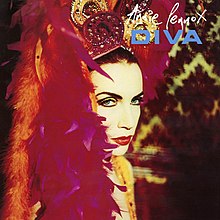 |
buy |
|
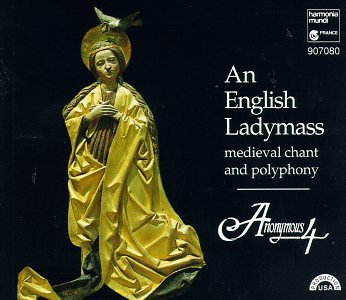 |
buy / download |
|
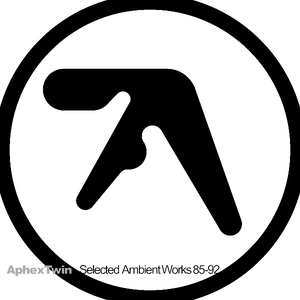 |
buy |
|
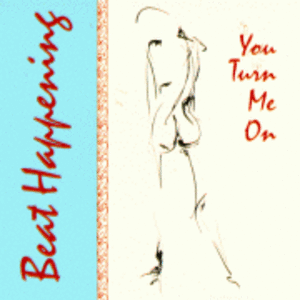 |
buy / download |
|
 |
buy |
|
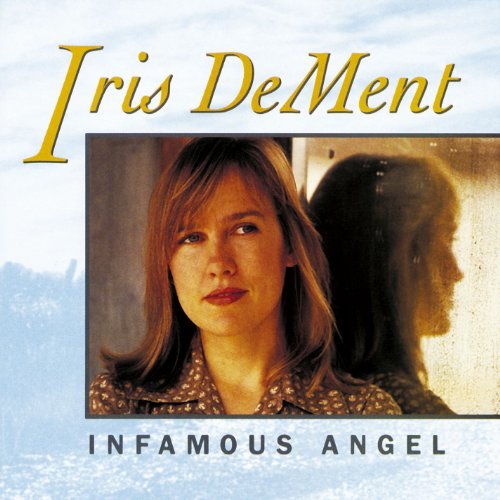 |
buy / download |
|
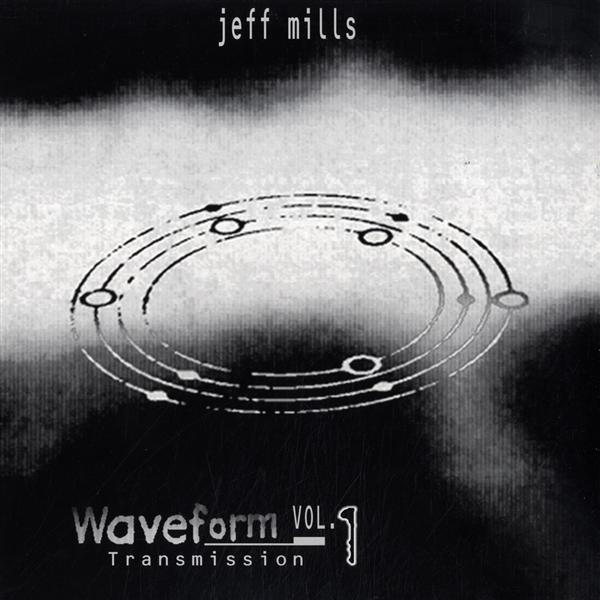 |
buy / download |
|
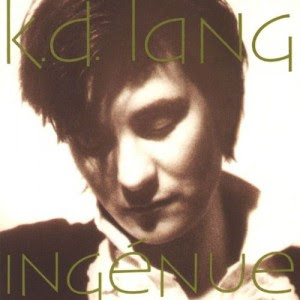 |
buy |
|
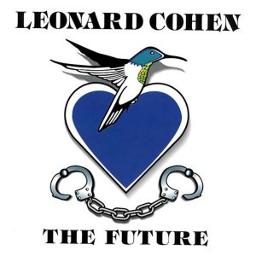 |
buy |
|
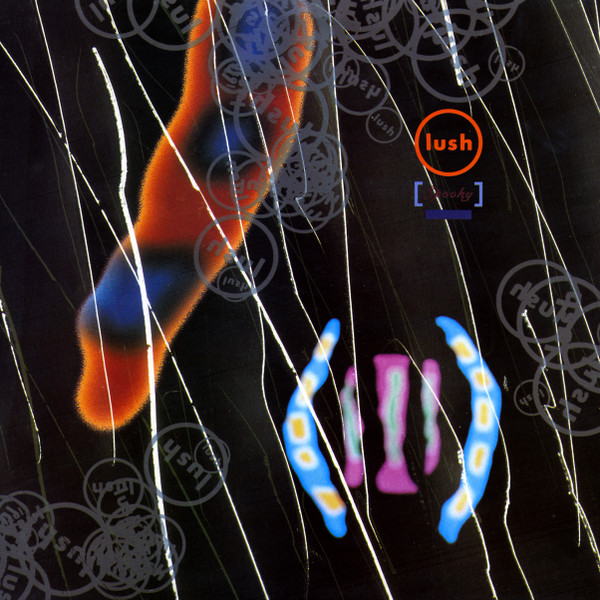 |
buy |
|
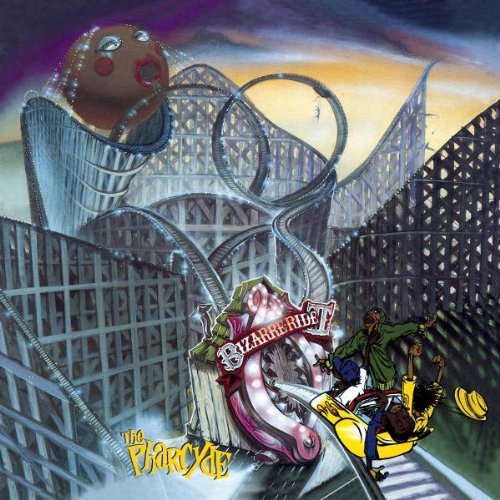 |
buy |
|
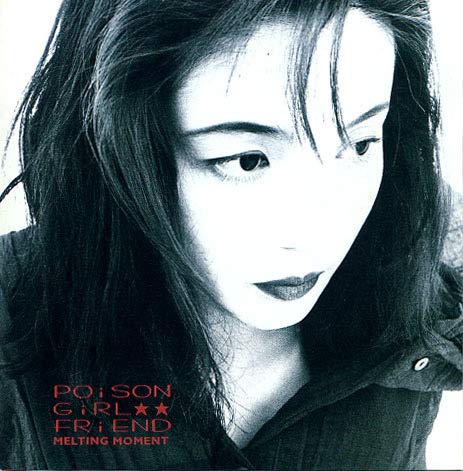 |
buy / download |
|
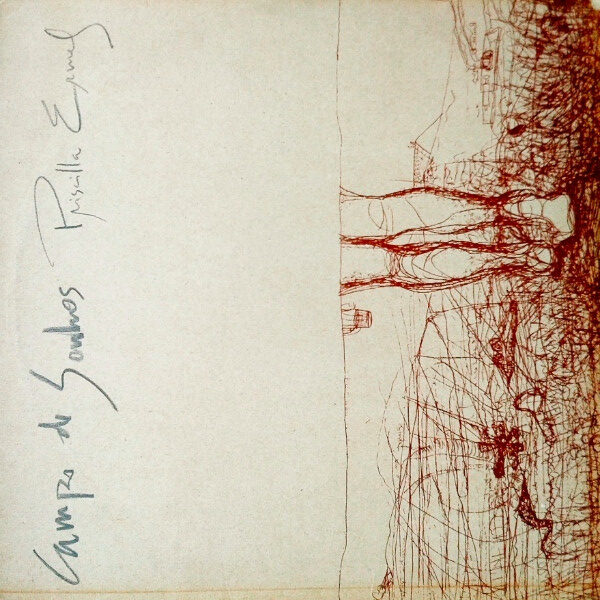 |
buy / download |
|
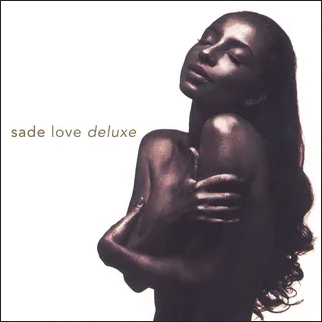 |
buy |
|
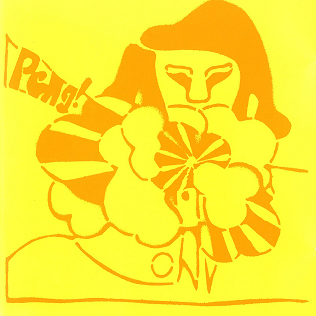 |
buy |
 |
buy |
|
 |
buy / download |
|
 |
buy |
|
 |
buy / download |
|
 |
buy |
|
 |
buy / download |
|
 |
buy / download |
|
 |
buy |
|
 |
buy |
|
 |
buy |
|
 |
buy |
|
 |
buy / download |
|
 |
buy / download |
|
 |
buy |
|
 |
buy |
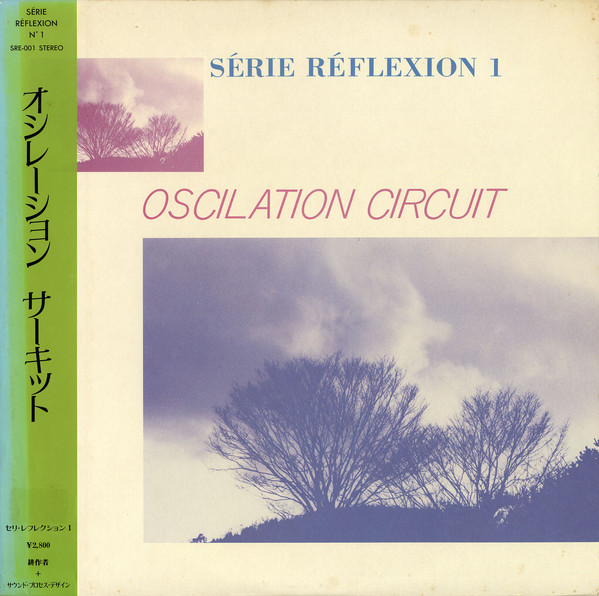
Another treasure from Sound Process, a Japanese label, book publisher, and sound design consulting firm founded by Satoshi Ashikawa, whose Still Way was included in the label’s short and excellent catalogue (as was Hiroshi Yoshimura‘s cult favorite Music for Nine Postcards). Oscilation Circuit was a four piece outfit, and this was their only release. True to the label’s ethos of sound design not as a means of filling up space, or “decorating,” but instead as a highly-conscientious way of paring sounds down to those that “truly matter,” Série Réflexion 1 is extremely minimal, though it feels uniquely adjacent to minimalism in its more academic Steve Reich-esque sense when compared with many of its Japanese ambient peers (particularly closing track “Circling Air,” which is almost certainly an homage to Terry Riley). There’s no synthesizer. There are no field recordings of birds or running water. No bells. Minimalist minimalism? Ideal winter listening. I started ketamine infusion therapy last year and this has been a favorite soundtrack during my infusions. I hope it brings you some joy too.
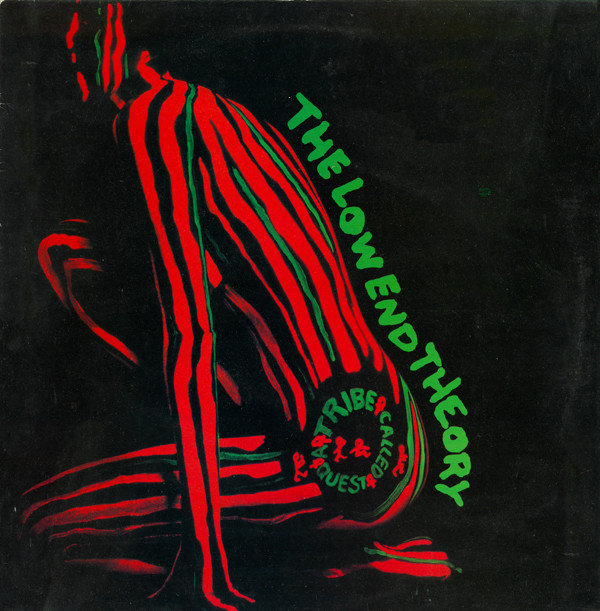 |
buy |
|
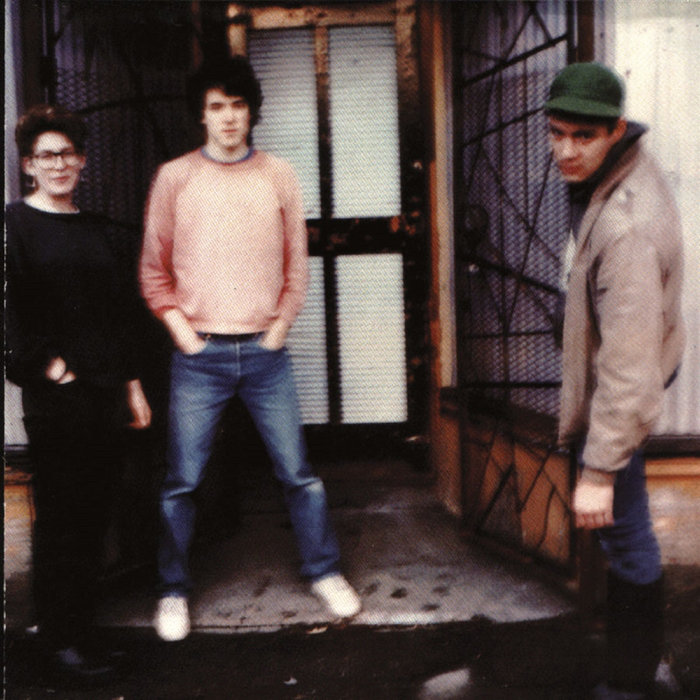 |
buy / download |
|
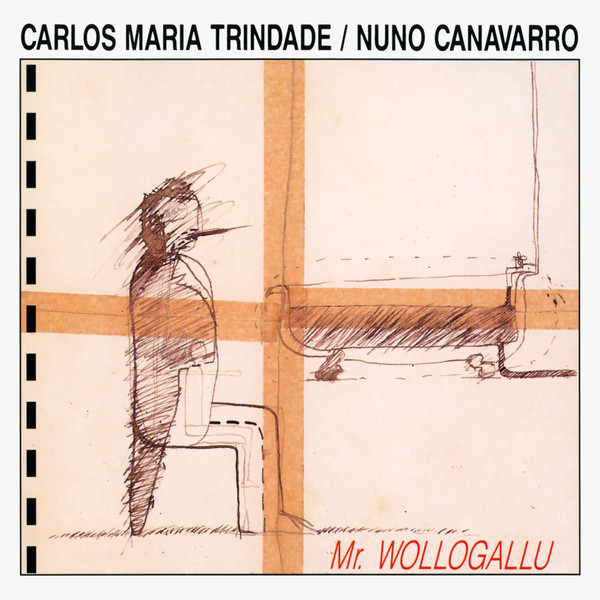 |
buy / download |
|
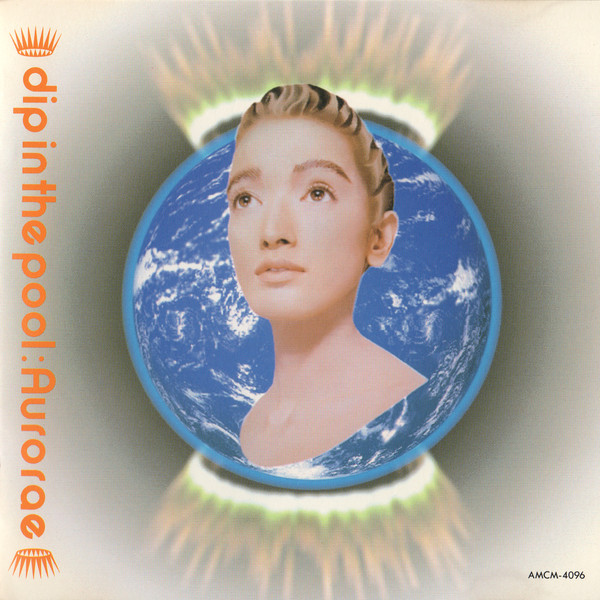 |
buy / download |
|
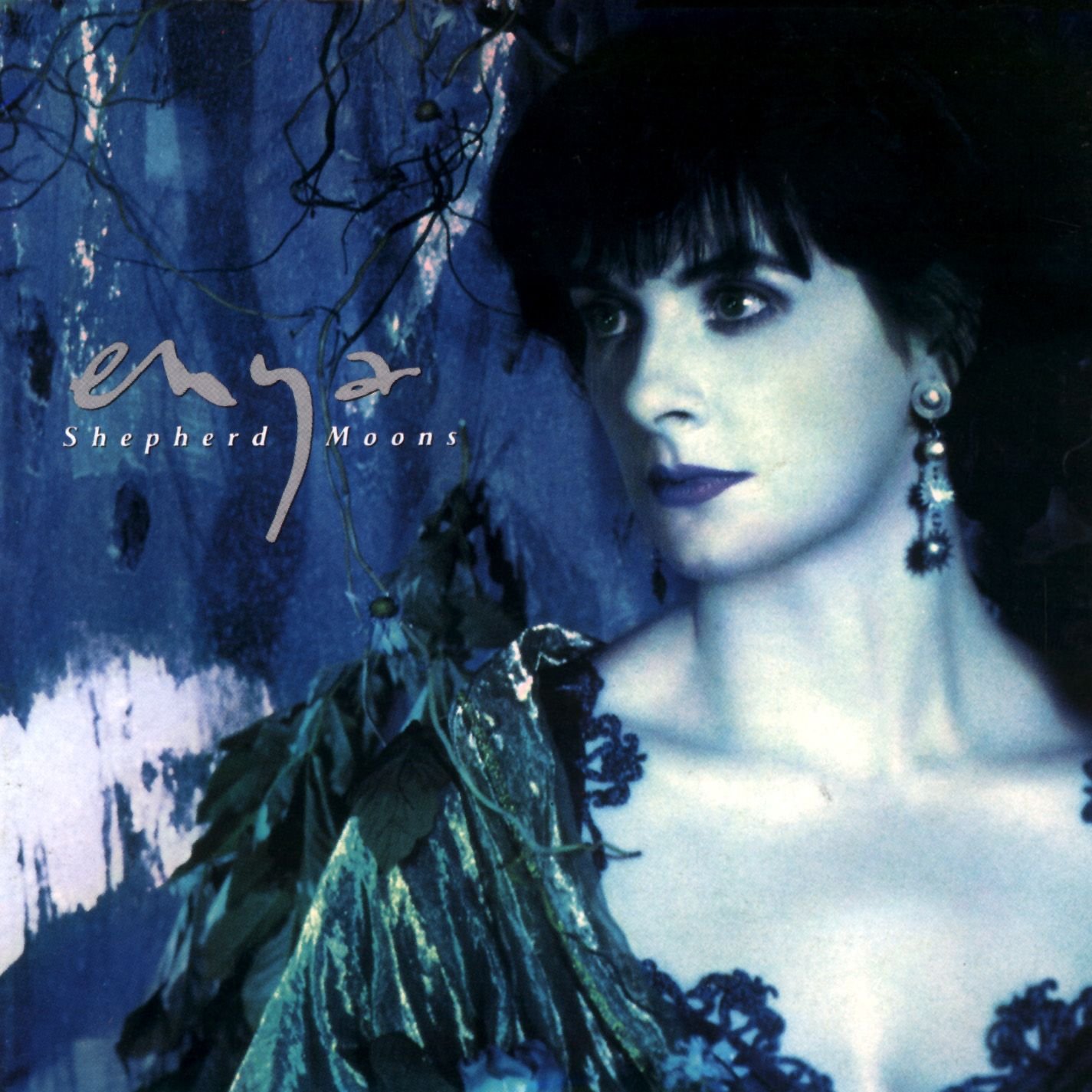 |
buy |
|
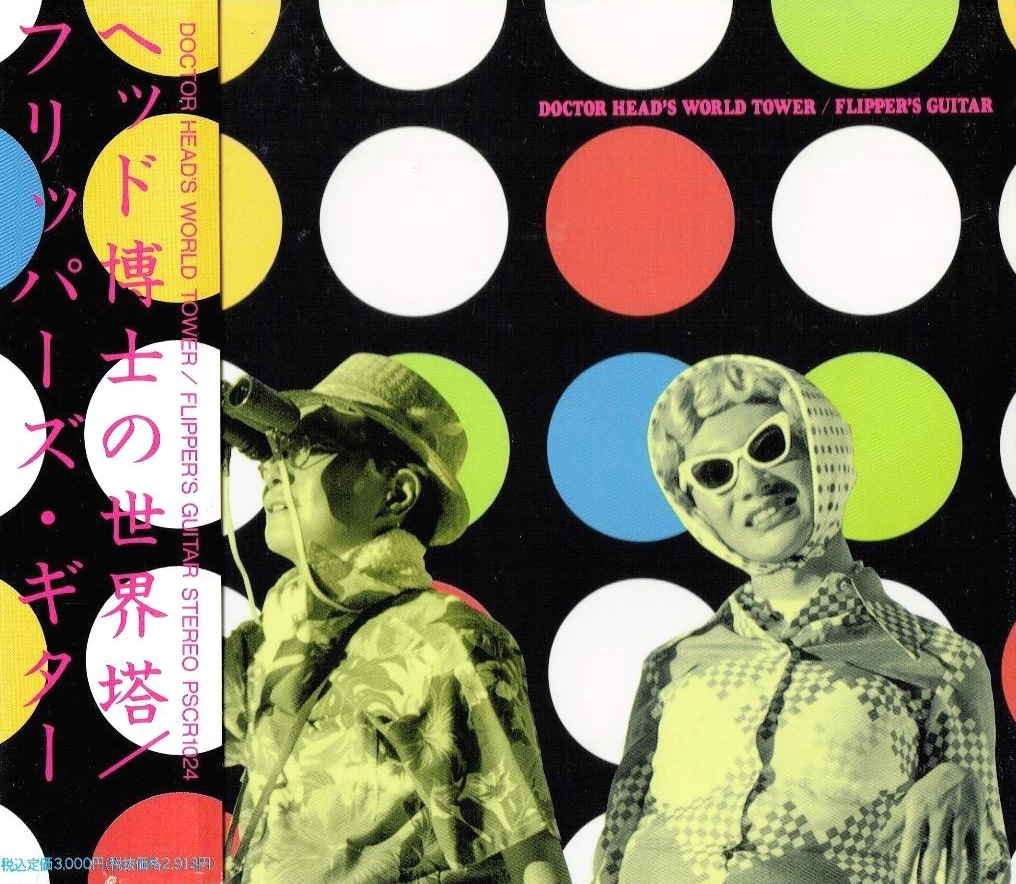 |
buy / download |
|
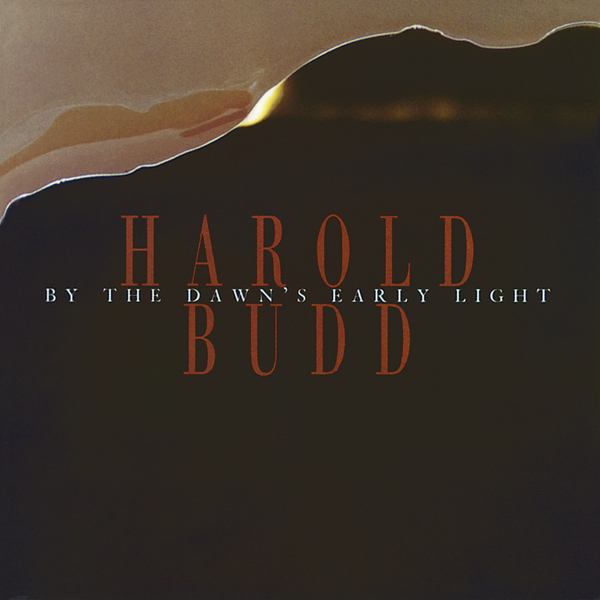 |
buy / download |
|
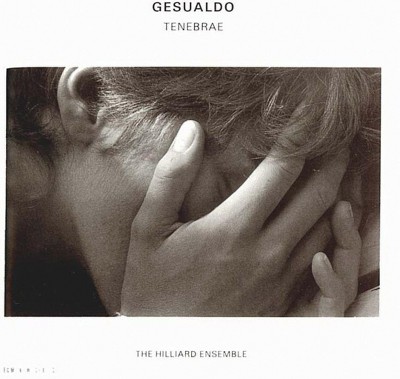 |
buy / download |
|
 |
buy / download |
|
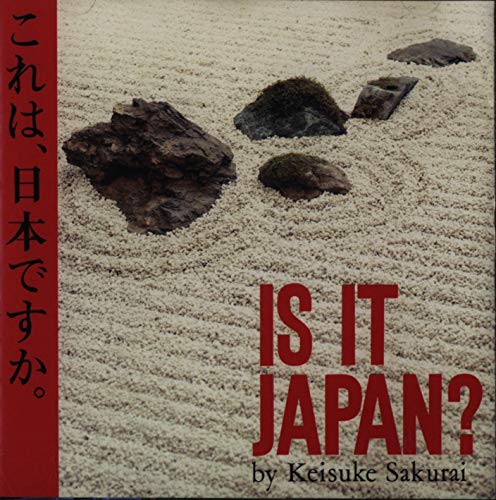 |
buy / download |
|
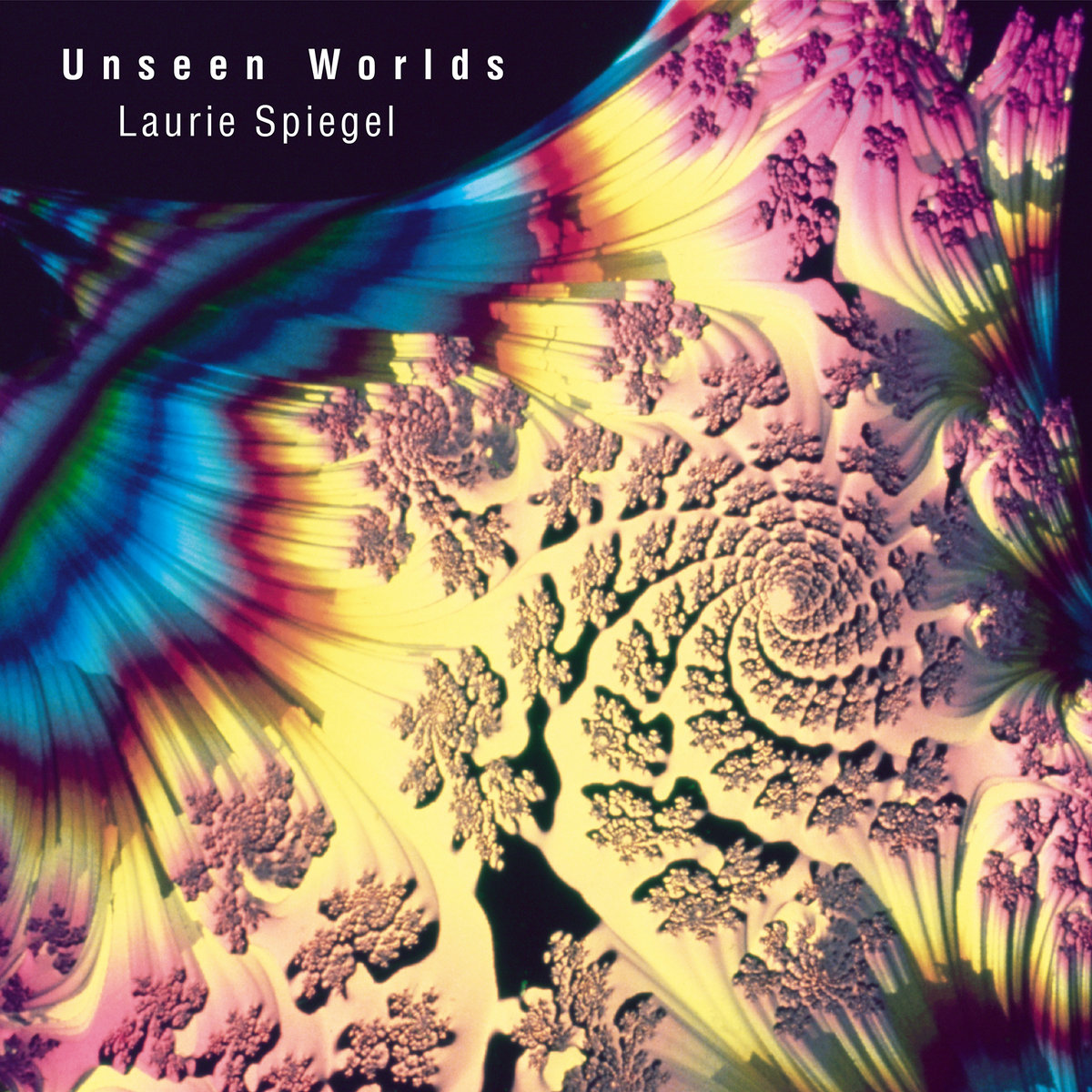 |
buy |
|
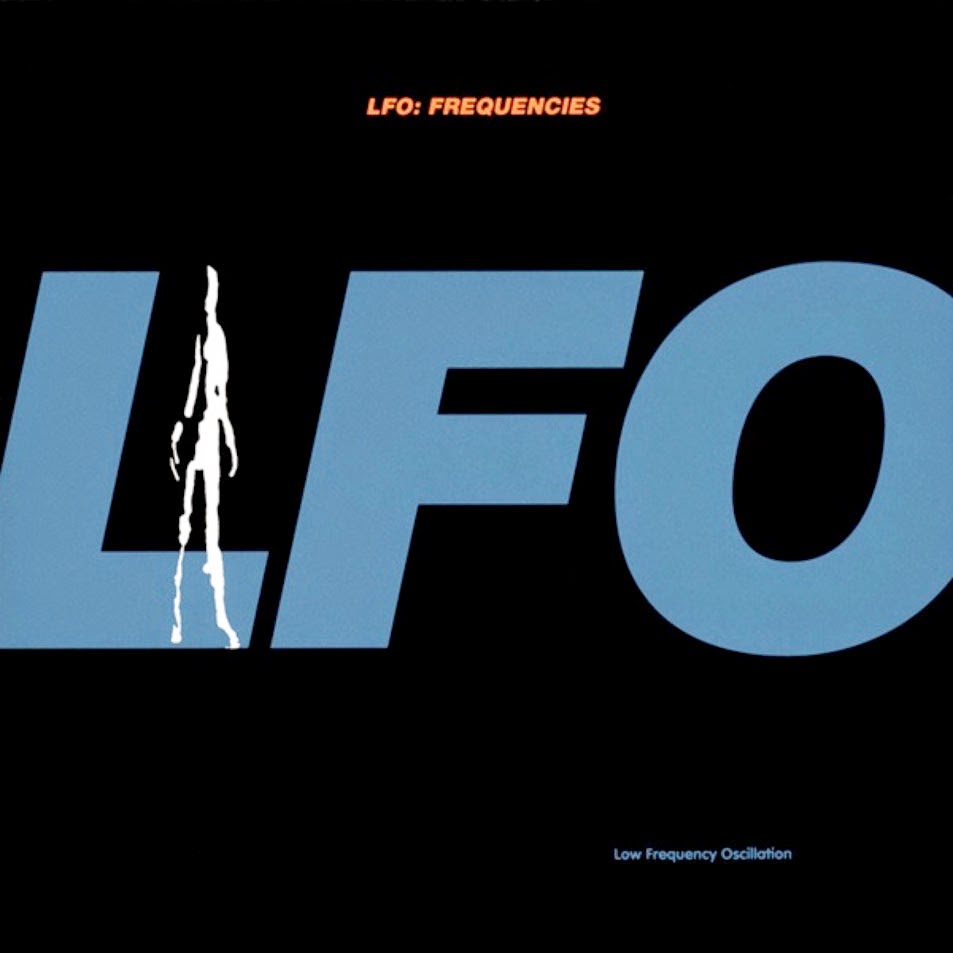 |
buy / download |
|
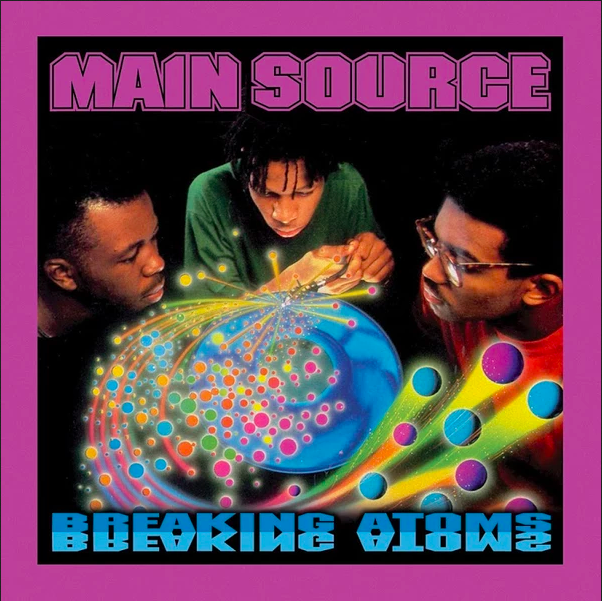 |
buy / download |
|
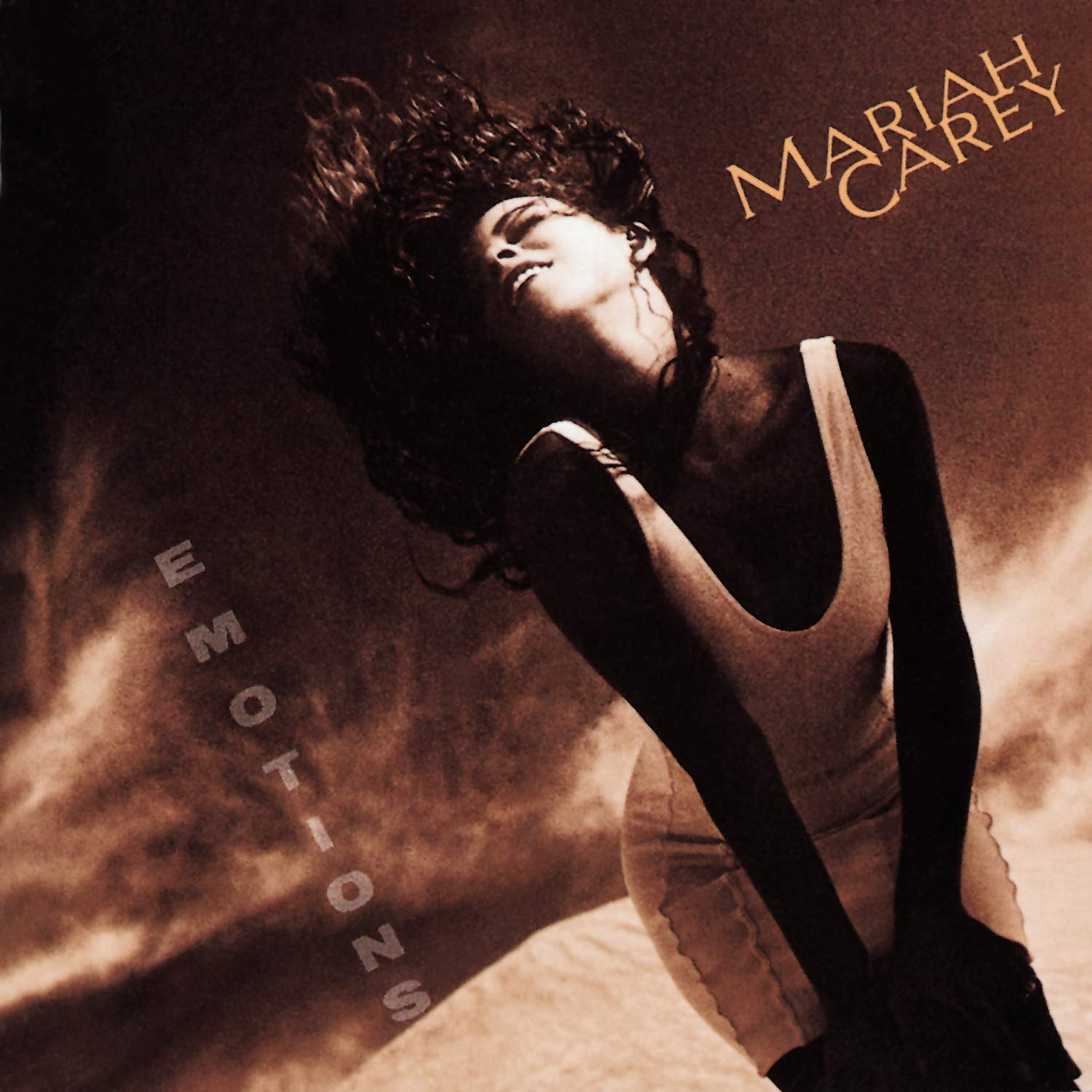 |
buy |
|
 |
buy |
|
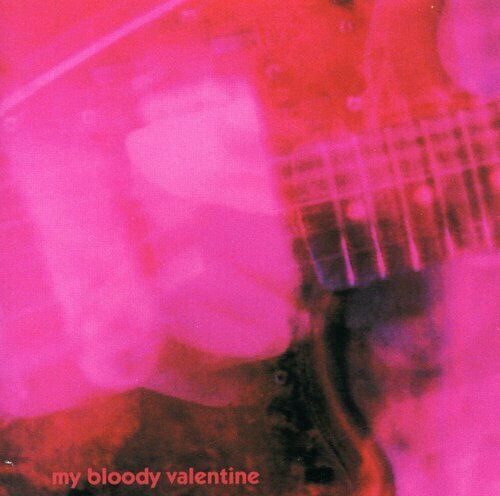 |
buy |
|
 |
buy / download |
|
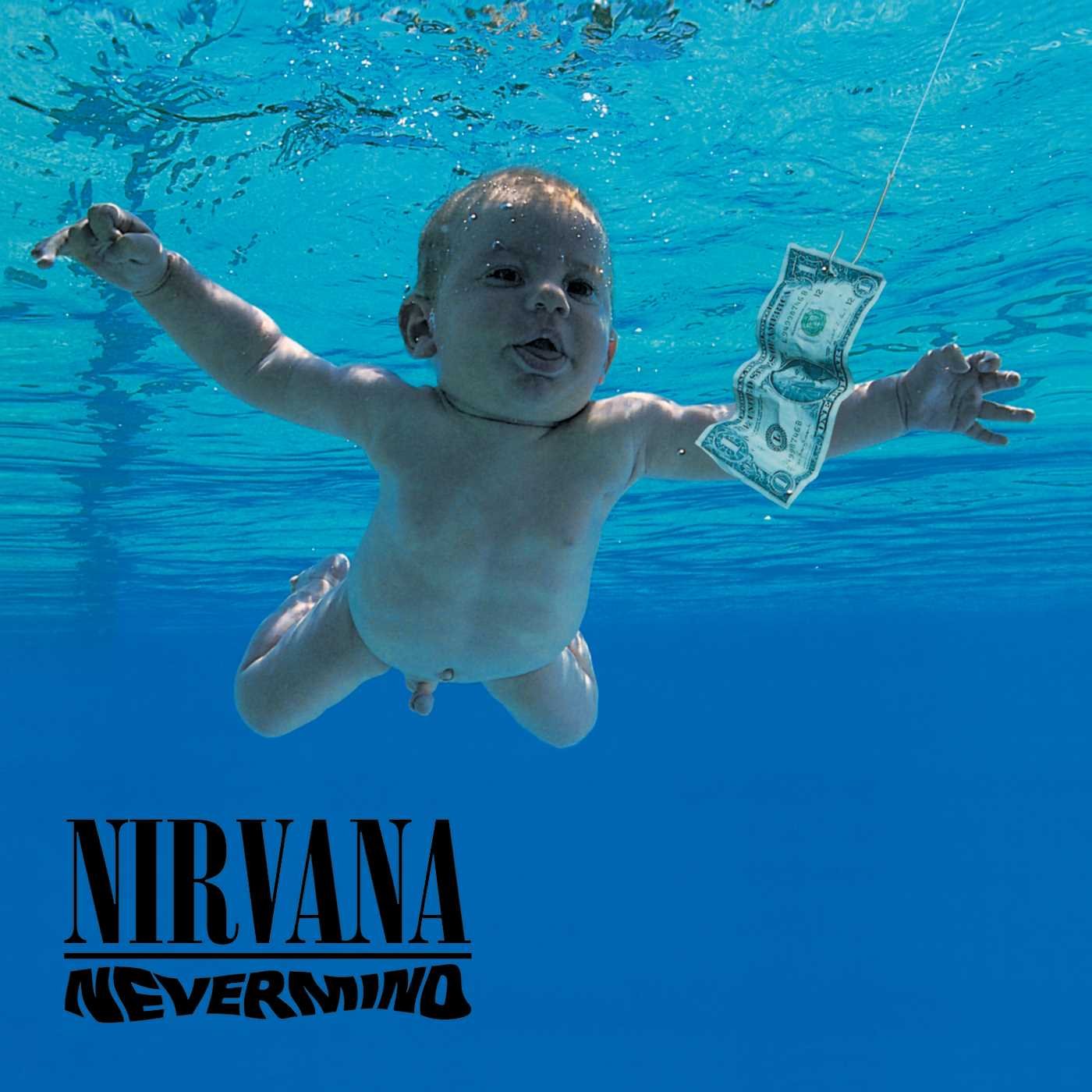 |
buy |
|
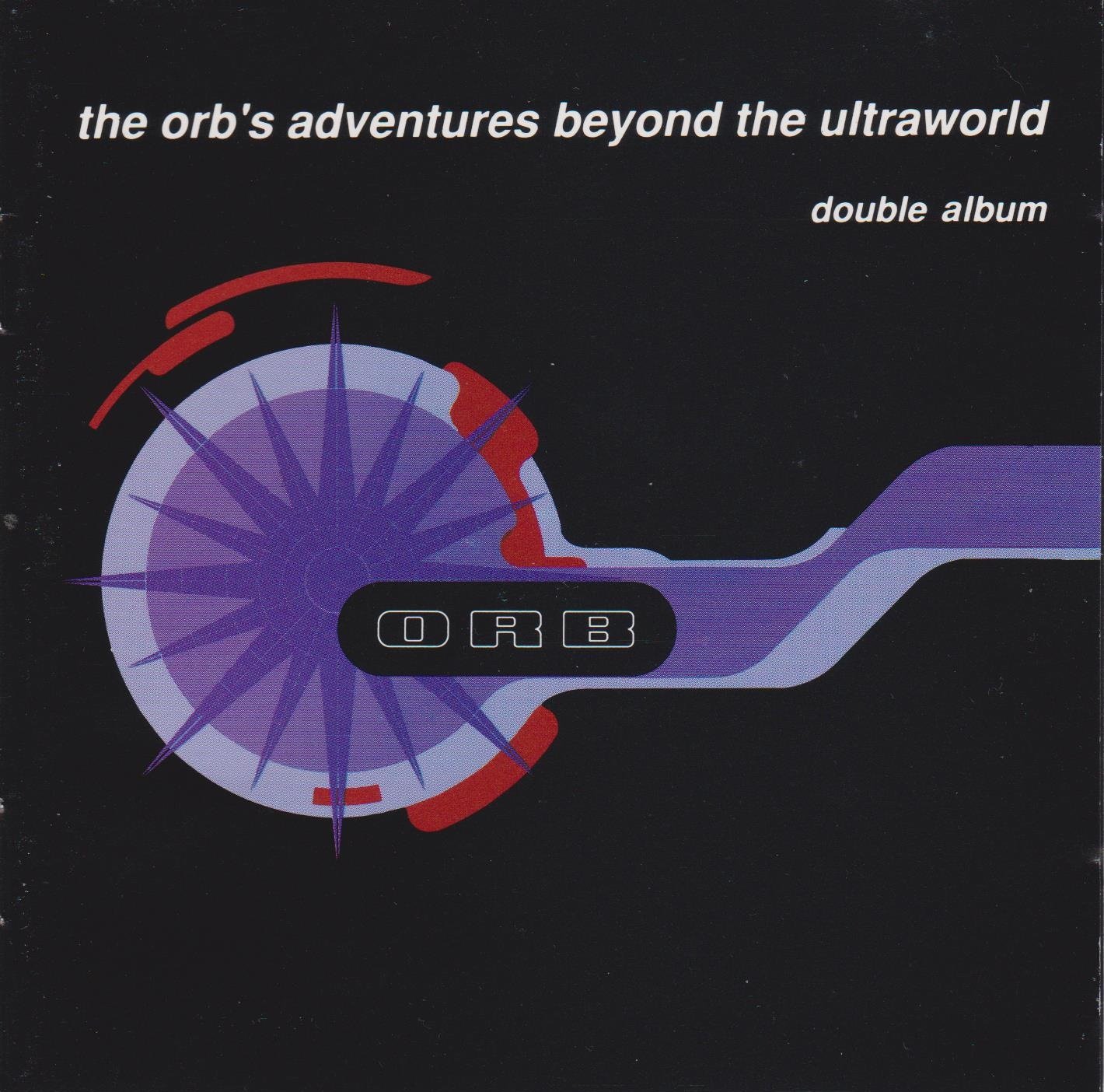 |
buy |
|
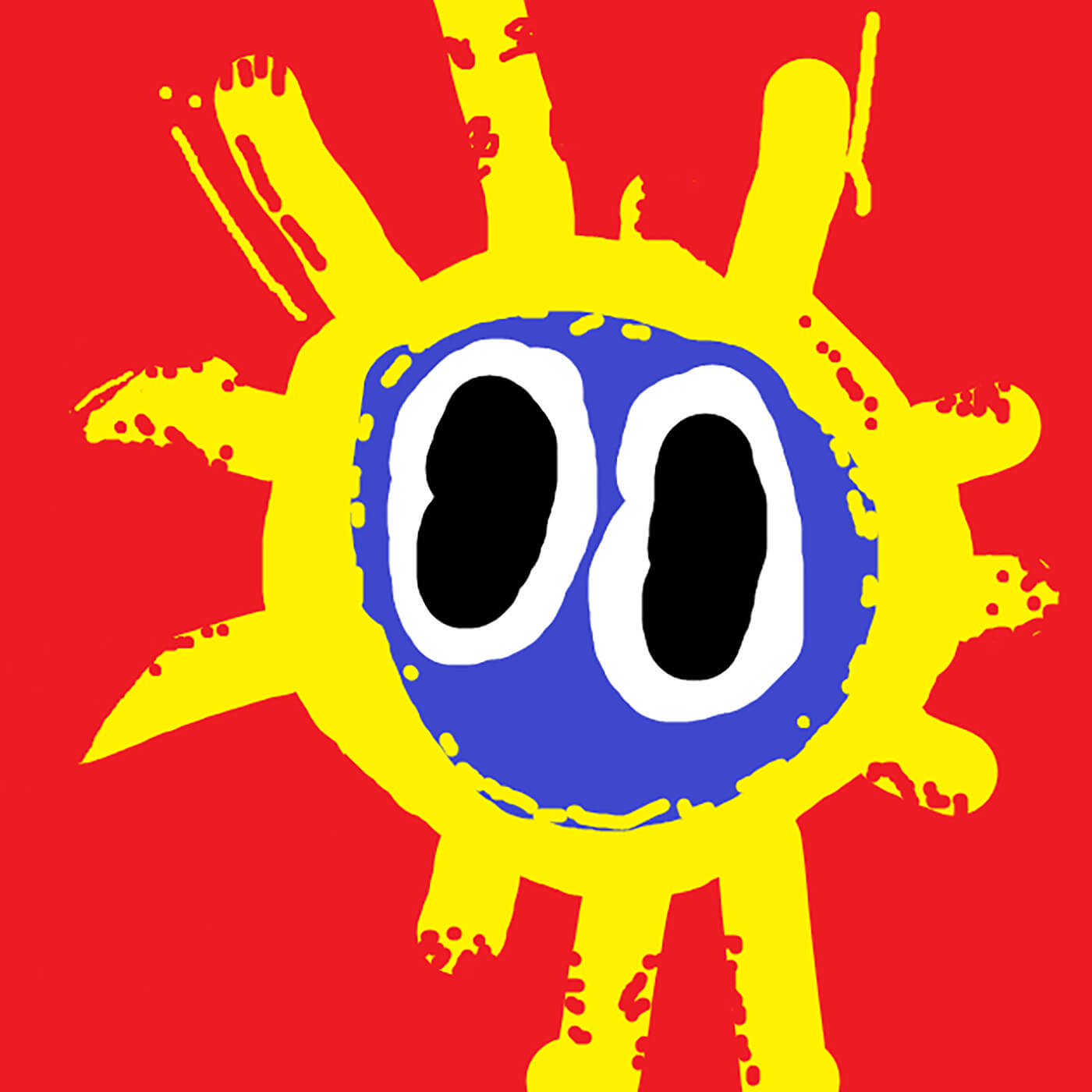 |
buy |
|
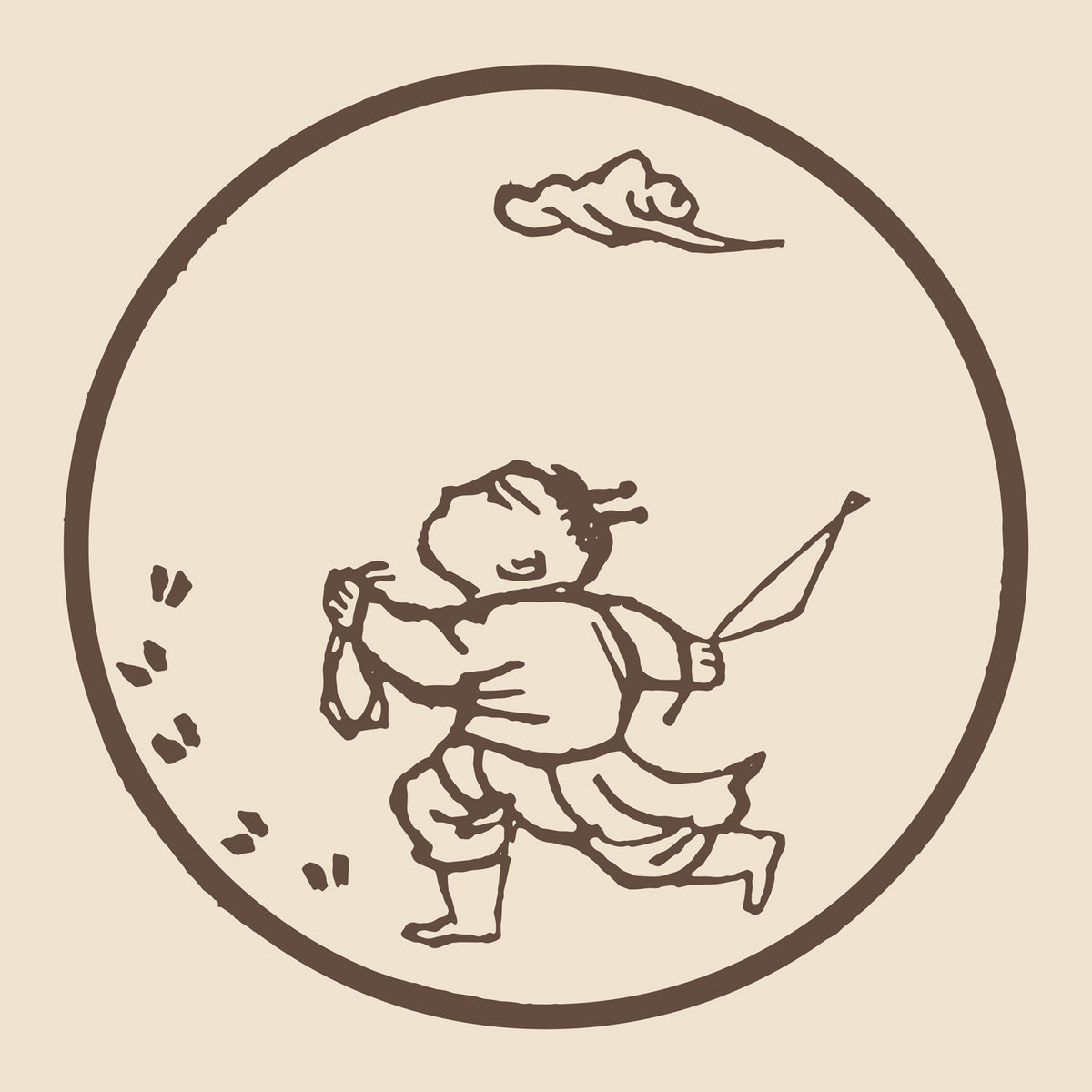 |
buy / download |
|
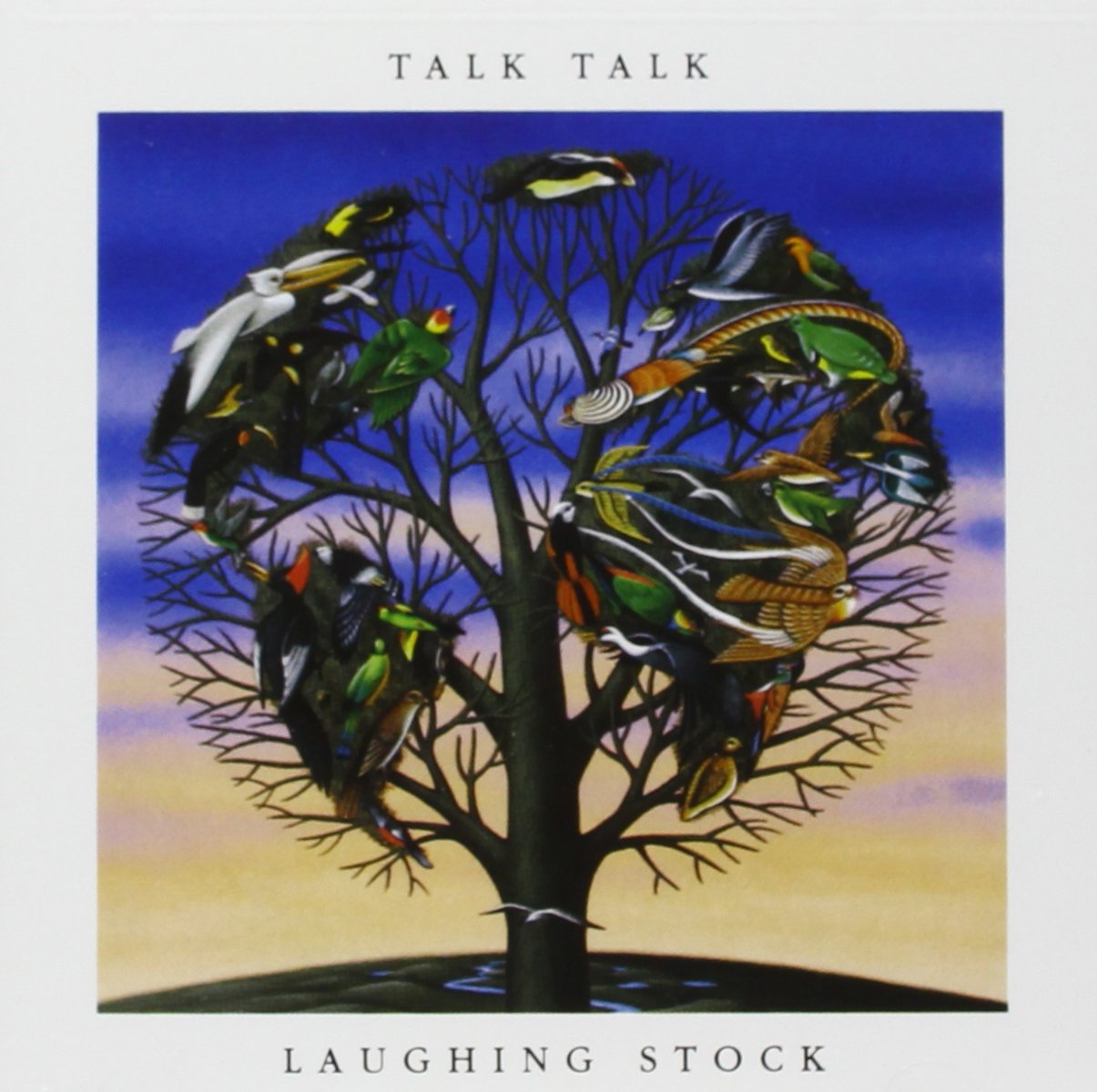 |
buy |
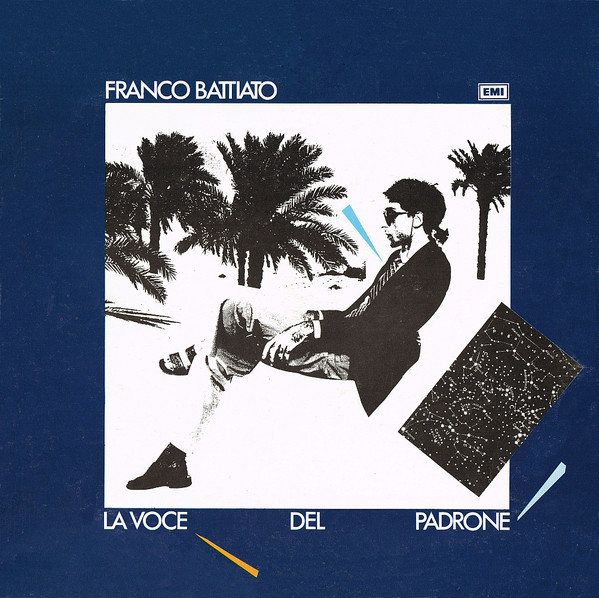
After learning on Tuesday afternoon about Franco Battiato’s death at the age of 76, I spent a lot of the past two days trying, for the first time, to take in his body of work as a whole, to whatever extent that’s possible. It’s not possible, really, as he did and made too much. Even comparisons to Brian Eno’s trajectory fall short. Although Battiato began his almost five decade long career as an avant-garde experimental musician, he went on to not just infiltrate the mainstream, as Eno has done to great effect; rather, he’s been a dominant force in defining the Italian pop world. As a non-Italian it’s difficult for me to fully appreciate the extent of his belovedness and omnipresence, but nevertheless he achieved a level of household name recognition to which the outpouring of love and grief on social media is a firm testament.
Battiato began making music with a series of excellent and challenging records which shifted between leftfield electronic experimentation and pure acoustic minimalism, before trying his hand at post-prog, new wave, modern classical, and eventually Europop stardom (highly recommend his performance at the 1984 Eurovision contest with longtime collaborator Alice). Up until recently, I had only ever experienced his work in small pieces: his singular 1974 Clic, which places his avant-garde tendencies firmly in conversation with his Krautrock contemporaries; his 1977 self-titled record of dogmatically minimalist piano; his 1992 opera Gilgamesh; his 1994 choral mass Messa Arcaica, which made its live debut in Saint Francis Basilica in Assisi; fragments of his decades-long collaboration with Giusto Pio; his contributions to personal favorites like Prati Bagnati del Monte Analogo and Medio Occidente. In trying to look at his catalog from the top down–202 releases, 358 appearances, 758 credits, according to Discogs–I thought a lot about which record readers of this blog might like to hear if they were unfamiliar with his catalogue, but also about which records of his I enjoy listening to over and over, which are the warmest and most accessible. I’ll be honest, a lot of his pop work feels somewhat alienating to me as an American–not just because his notoriously brilliant lyrics, ranging from wry social commentary to more esoteric and occasionally religious themes, are mostly in Italian and so are lost on me. Tonally, too, many of his pop modes feel extremely European in a way that my pop sensibility just isn’t attuned to.
But La Voce del Padrone is an exception, and as the first Italian LP to sell more than a million copies, it also marks a huge turning point in Battiato’s career. It was his third foray into the pop world, after L’era del Cinghiale Bianco and Patriots, and of the three it feels, to me, like the one in which he most virtuosically stuck the landing. Though there are still some gentle post-prog inflections around the edges, Padrone is a new wavey synth pop record through and through, and it’s dotted with the spacious and euphoric tracks that feel destined for scoring movie credits. (Every time I hear the driving guitarpop of “Cuccurucucu” I fantasize about a version of Flashdance in which Jennifer Beals’s iconic dance training montage is scored by Battiato instead of Michael Sembello’s “Maniac.”) And though Padrone is irrefutably Italian, Battiato remains in dedicated dialogue with extra-national influences: he quotes Dylan in both “Bandiera Bianca” and “Cuccurucucu,” the latter of which is a riff on huapango classic “Cucurrucucú Paloma” and includes some funny nods to the Beatles, Rolling Stones, and Chubby Checker. I also can’t help but hear the dry, rolling cheekiness of Eno’s Taking Tiger Mountain all over closer “Sentimiento Nuevo.” There is, in short, plenty here for American ears.
The music world has lost a visionary in the true sense of the world, an oddball genius who managed the rare feat of being unabashedly himself while achieving megastardom. Thank you for everything, Franco–you will be dearly missed.
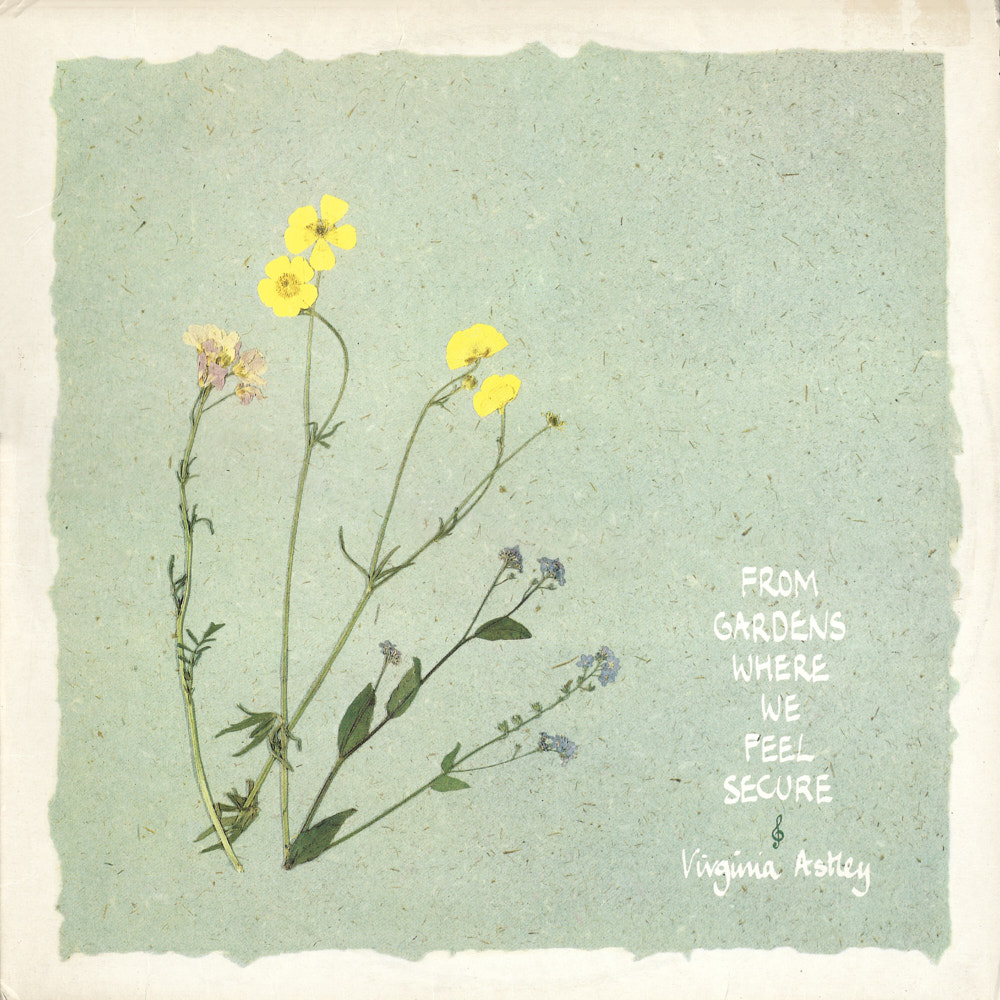
Convenient that I realized that I hadn’t yet posted Virginia Astley’s debut full-length, From Gardens Where We Feel Secure, on Easter Sunday, of all days (though I did share her very important Hope in a Darkened Heart a few years back). While From Gardens is a squarely summer record–suggesting from all angles the soporific heat of peak July–it is about as pastoral as music can possibly be, which means it’s a record that I start reaching for at the first signs of spring. Alongside Claire Hamill’s Voices, it paints a picture of a heavily romanticized ideal of the British countryside, refracted through childhood memories and the heavy lethargy of summer. Both the album title and the track title for “Out On The Lawn I Lie in Bed” are taken from W.H. Auden’s 1933 poem “A Summer Night,” and fittingly From Gardens recreates the experience of a summer day in its entirety in chronological sequence, with the A side titled “Morning” and the B side “Afternoon.”
It’s languorous, unhurried, and arguably a true ambient record in how well-suited it is as background music, something which Astley herself pointed out in a radio interview: “Whoever’s listening could lie down and put it on, and not really listen to it that much. Just have it on in the background.” Songs aren’t structured like songs so much as curiosity-driven variations on motifs–it’s easy to imagine Astley arriving at a piano refrain that she found particularly pretty, and playing with it until organically arriving at the next “song”–all of which flow seamlessly into one another uninterrupted, just like the experience of a particularly hot day.
More specifically, in addition to being a true ambient record, it’s a freak outlier in how nakedly beautiful and fully realized it is, especially for its time. As Simon Reynolds details here, there was no culture for music like this in 1983. Britain was in the thralls of post-punk and post-post-punk, with sounds going in thousands of different and gritty directions but certainly not backwards, and it’s easy to imagine detractors calling From Gardens just that–regressive, anti-avant-garde. There was something very brave about structuring an entire record around nostalgia and what is very legibly a deep love for bucolic Britain, referencing romanticism and Auden and a lifestyle that it’s difficult for me to imagine as anything other than aristocratic. Yet while Astley was classically trained, From Gardens was clearly informed by a vision that was very novel and fully her own: her personal field recordings made in the village of Moulsford-on-Thames, spun together with luminous piano, flute, and xylophone melodies, with small and elegant hints of electronic manipulation: church bells that chime forever, glitchy manipulation in “When The Fields Were On Fire,” the looping sound of a creaky swing swing gate* forming a pseudo-percussive backbone in “Out On the Lawn I Lie In Bed.” Astley is honest in her nostalgia for something which no longer exists, and she knowingly depicts it in an overly-perfect, hyperreal way that suggests it may have actually never existed at all. But it’s all hers, from start to finish: Astley wrote, recorded, and co-produced From Gardens herself, but moreover she saw the gardens, remembered them, and reimagined them in a way that no one else could. Happy spring–I hope you enjoy.
*I incorrectly heard that sample as a swing, but since Astley very considerately labeled and time/location-stamped all her samples, I’m happy to report that it’s a gate!
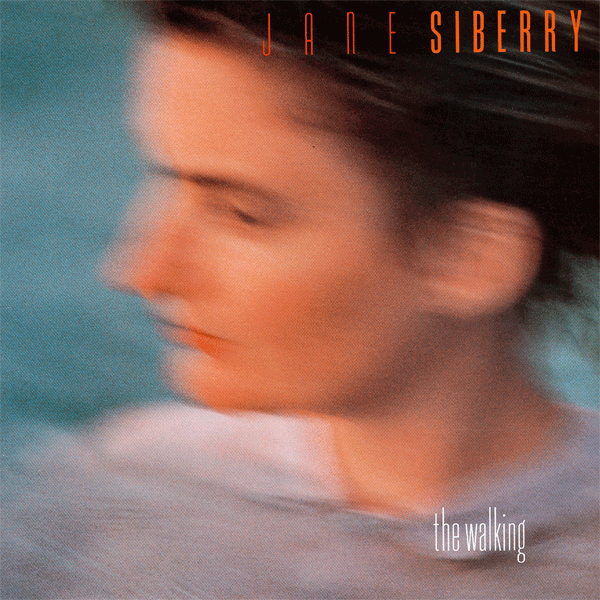
I’m about to revert to a mode of musical description that I strongly dislike, which is: comparing female musicians with other singular female musicians, specifically female musicians who often get lazily categorized as “weird.” I’m sorry, I don’t like it either! But Jane Siberry is slippery to describe. I’ll do my best anyway.
The Walking is the fourth full-length from Canadian musician Jane Siberry. It’s the follow-up to No Borders Here, which was a highly ambitious record–and yet The Walking feels even moreso, both incredibly intricate and enormous, rapidly oscillating between macro and microcosmic. While Siberry found critical acclaim in Canada, her records–as I understand it–mostly flew under the radar in the US, in ways that feel both legible and surprising. There are elements of these songs which feel like they could have been commercially marketable to the art pop crowd, in spite of everything: there’s a theatrical spaciousness that’s difficult not to compare to Kate Bush or Laurie Spiegel, and a navy blue moodiness with cavernous percussion that suggests Talk Talk. Ultimately it seems that it was the songs’ length that kneecapped their commercial viability, at least for radio play, which is unfortunate given how easy it is to picture the jangly and ecstatic “Ingrid And The Footman” rolling through the ending credits of a John Hughes movie. The Walking functions as a series of eight mini-suites, only one of which is shorter than five minutes, and most of which comprise a series of movements, or, as Siberry refers to them, “emotional clearings”–which, if we are to take the title of The Walking at face value, starts to make sense as an extended metaphor.
And still, in spite of all of the tones and colors that she wrings out in less than an hour, she speaks in interviews of having “more to say than [she] could fit into a song,” and of having to abridge tracks that stretched over 30 minutes down to nine. Perhaps it’s this condensation which, in spite of how expansive these songs are, produces the feeling of rolling a many-faceted prism in your hands as it catches the light. It’s rare to hear a musician who so effectively combines poetic lyricism and razor-sharp, stunningly beautiful musicianship. Joanna Newsom’s Ys and its mode of mythical, longform, large-scale storytelling immediately come to mind. Not much else does.
For me, the most emotionally pointed track on the record is “The Lobby,” which, lyrically, paints in large, dreamlike gestures: it provides the flint-spark of pathos, gorgeous musical bones, and a lot of empty space. The rest is up to the listener, left to drape their own emotions and projections all over the structures that Siberry has built for us. I don’t know what this song is actually about, but I don’t need to, as I’ve already stuffed it full of my own stories. Listening to it provides the odd sensation of long fingers rooting around in your psyche, prodding deftly at the parts that hurt the most. There’s catharsis here too, though. If pain is a movement in Jane’s suite, then so is joy, and so is self-realization.
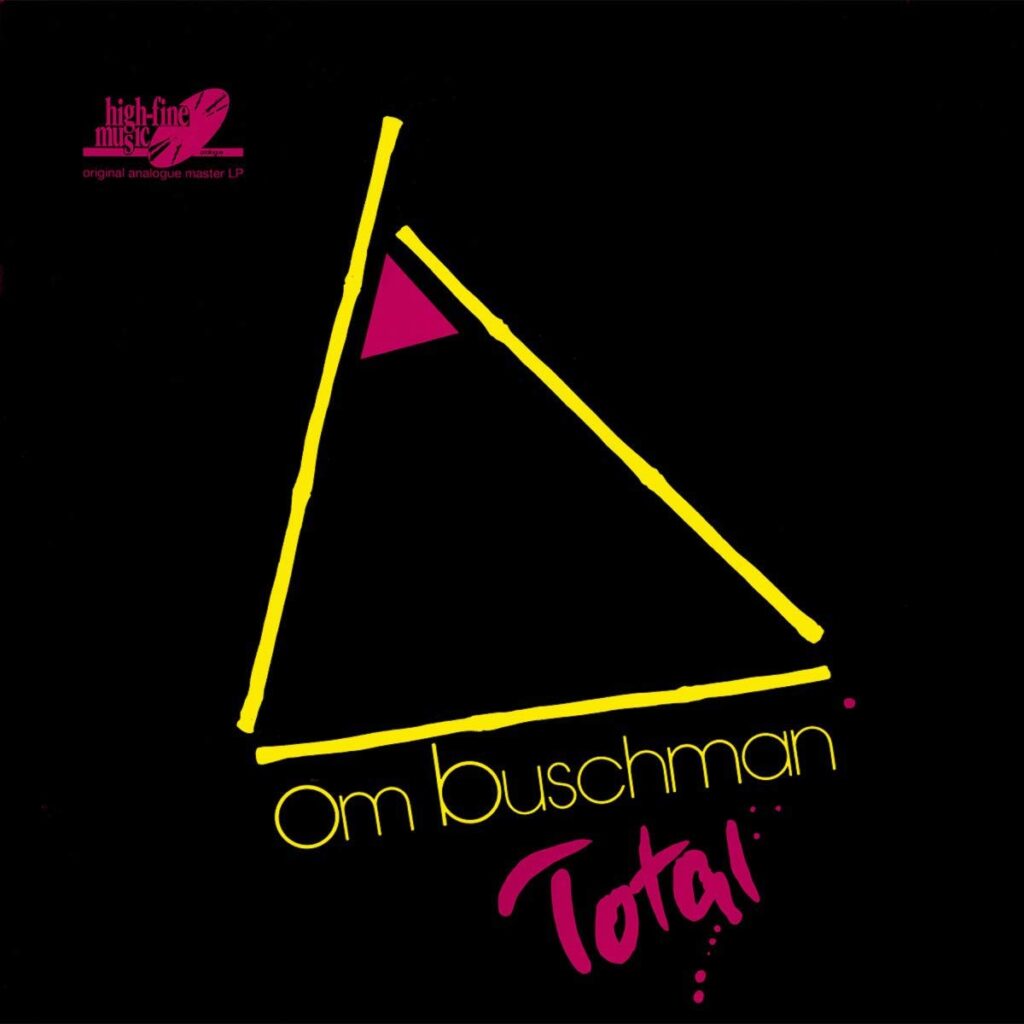
Ok, so: in full disclosure, over the past few years I’ve been feeling increasingly disenchanted with a lot of music that is described as “fourth world”: effectively, music that loosely traffics in the traditions and aesthetics of the global south, but reimagined through the lens of “advanced” or “futuristic” electronics. It’s a fraught category for several glaring reasons, but even without the self-imposed description, the music itself can, at worst, feel like white people playing under-researched dress-up with bits and pieces of other cultures, often because the musicians are too lazy to come up with something of their own. (And yes, I participate in and celebrate this kind of work on a regular basis! I’m obviously not a passive bystander here.)
I’m not resolving to draw clean lines in the sand about engaging in this kind of thing going forward, because: any attempt to do so would be arbitrary and ridiculous, given that music always involves cross-pollination and borrowing, and much of it is done in good faith and with deep artistic reverence. And because this stuff is messy, and there isn’t always a clearly discernible hierarchy of ethical creativity! And because I love too much of it to ever try to impose one, and because I’m obviously not the right gatekeeper to decide what is and isn’t colonialist.
I’d love to be just a passive set of ears, and to be able to say that I love Total purely for its aesthetic value, regardless of its cultural position. But nothing exists in a vacuum. Total was made by four Germans, and it borrows heavily from across continents: steel drums, didgeridoo, sub-Saharan polyrhythms, maybe a guzheng, a kalimba, Calypso, “from Cuba to Mocambique” [sic]. I’m not going to argue that this is good or bad, but I am going to argue that what Om Buschman brings to the conversation–which may be a sloppy conversation, or possibly even more of a weird monologue–has musical value. These musicians employ a post-Krautrock scronkiness, a Western spiritual jazz ethos, and an extremely stoned sense of humor (I’m pretty sure there’s the sound of a toilet flushing hiding in “Prima Kalimba”) to a largely percussive record. The effect is, to me, a synchronicity that exceeds copy and pasting. It’s perfectly stuporific, sprawling, foggy. Luckily we don’t have to choose between listening to Nigerian apala, Cuban jazz, or something like this, because they’re not the same and there’s no comparison. But perhaps for a new listener, one can be an entry point to another.
If I sound defensive, it’s because I’m still not sure how I feel about the whole thing, and because I have a knee-jerk reaction when music that isn’t made by a literal tribe of people is described as “tribal.” But I like the music! It’s deeply purple, playful, and very trippy. It borrows from, but it becomes something wholly different along the way. So here you go; maybe you’ll love it too.
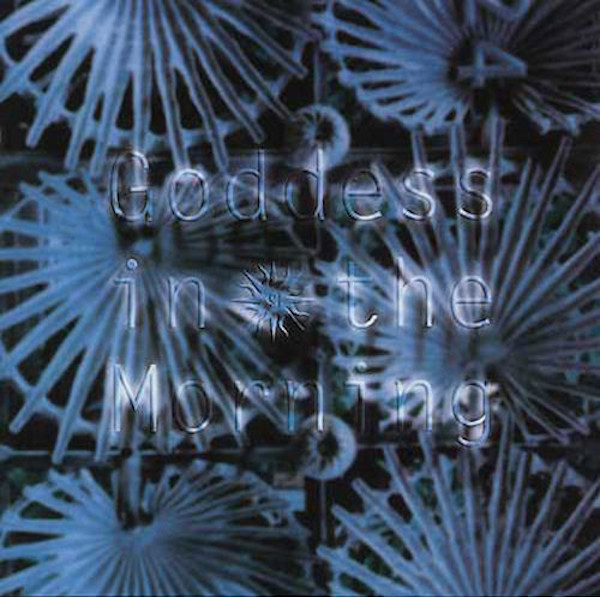
There’s a significant chance you’ve already heard half of this record, as I’ve regularly been using it in mixes for the past year and a half. And with good reason! Aside from being objectively beautiful from start to finish, it feels particularly aesthetically situated to resonate well with listeners right now, so I wouldn’t be surprised if this prompts a reissue. (Do it!)
It’s a mysterious record–the only release from the eponymous duo Goddess In The Morning, comprised of Akino Arai and Yula Yayoi. Akino has left a pretty dense paper trail, credited on 95 different releases for vocals, writing, arrangement, and production, notably as a regular contributor to Yoko Kanno scores. Yula is a little harder to trace, with a handful of releases that I’ve had limited success in tracking down. I’d particularly love to hear her 1999 record Summer Aura on the basis of its cover art and release year alone, if anybody has a copy they’d be willing to share. (She also shows up as a vocalist on Seigén Ono‘s behemoth 20-disc Saidera Paradiso, and fittingly, Ono is credited with mastering Goddess, which seems particularly cool in light of how divergent the record is from Ono’s wheelhouse.)
Goddess In The Morning is a wild ride in the truest sense, ranging from hazy trip hop on “Ucraine” to the Celtic folk-inspired prog “Saga” to the Virginia Astley-esque pastoral closer “14.” Across them all are (what I assume to be) Yula and Akino’s heavily layered vocals (effectively musical catnip for me), processed into intricate electronic landscapes that feel both spacious and heavily polished to a reflective chrome sheen. I’m not gonna try to sell this too much harder, because if it’s for you, it’s very obviously for you, but I do hope you love this, as it keeps worming its way nearer (and dearer!) to my heart.
 |
buy / download |
|
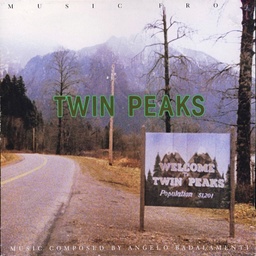 |
buy / download |
|
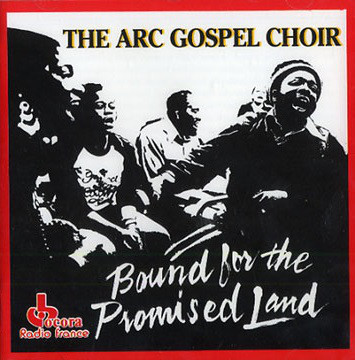 |
buy / download |
|
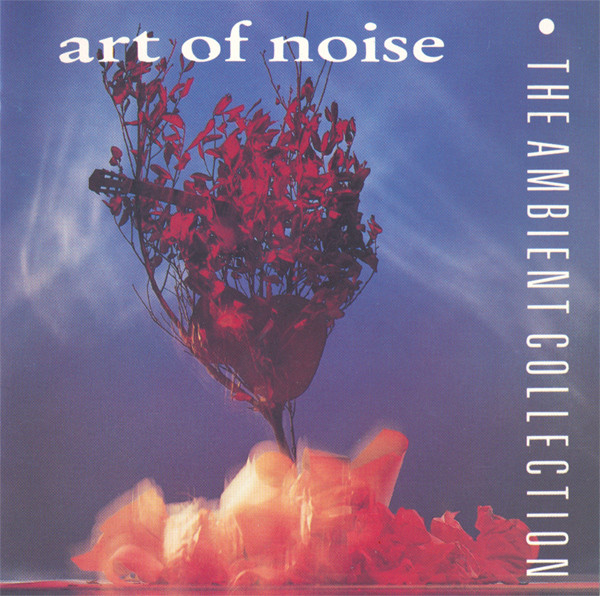 |
buy / download |
|
 |
buy |
|
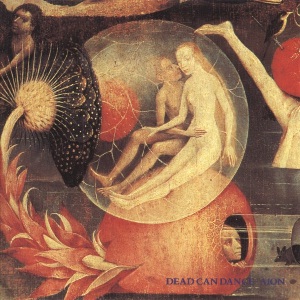 |
buy |
|
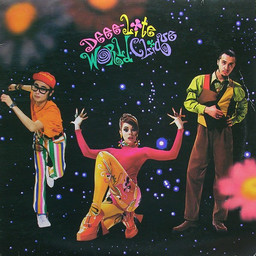 |
buy / download |
|
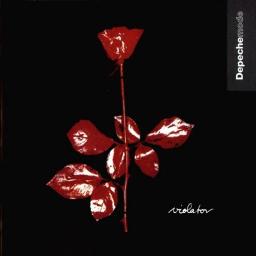 |
buy |
|
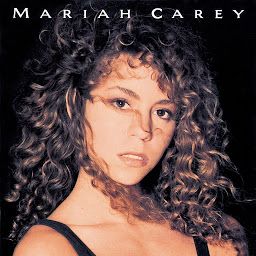 |
buy |
|
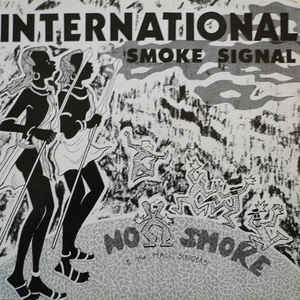 |
buy / download |
|
 |
buy / download |
|
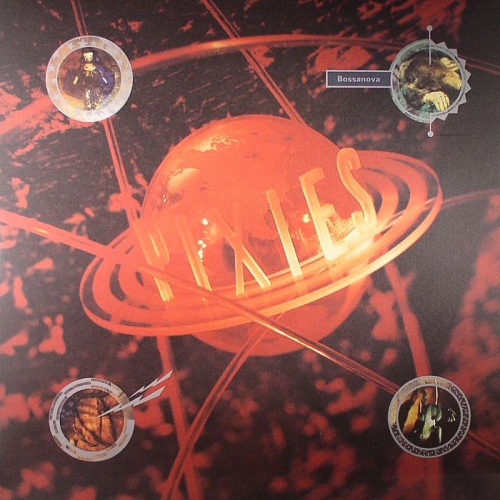 |
buy |
|
 |
buy / download |
|
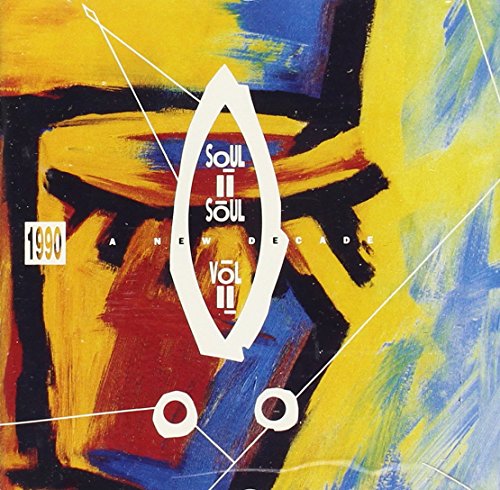 |
buy / download |
|
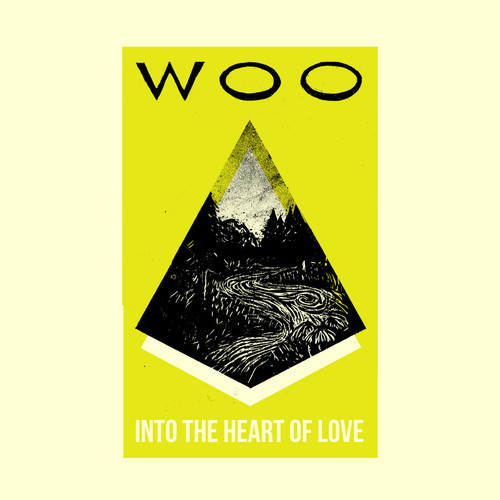 |
buy / download |
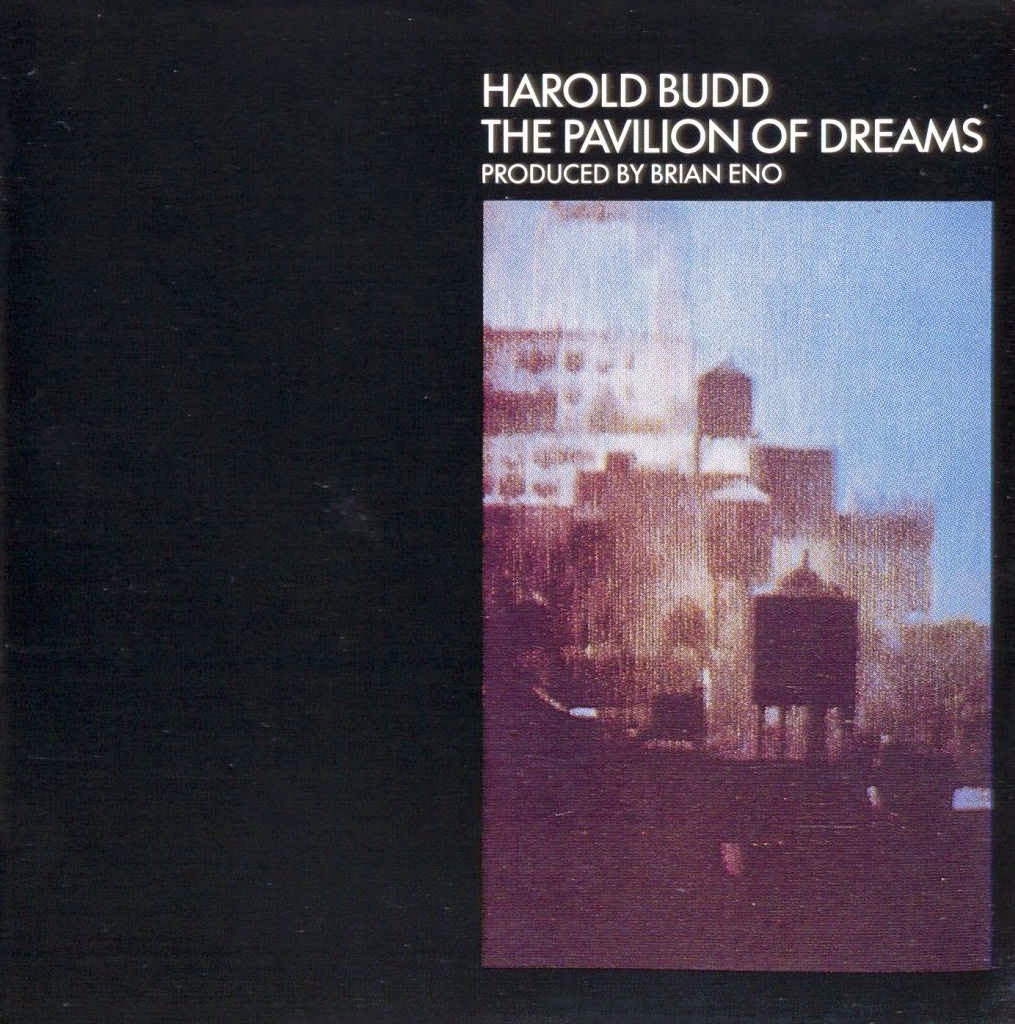
I wrote about this record in 2015, very briefly, and while I’m delighted by the opportunity to revisit it at greater length, I wish it was under different circumstances. Musician, composer, and poet Harold Budd passed away yesterday at the age of 84 from complications caused by COVID-19, and with him we have lost a giant.
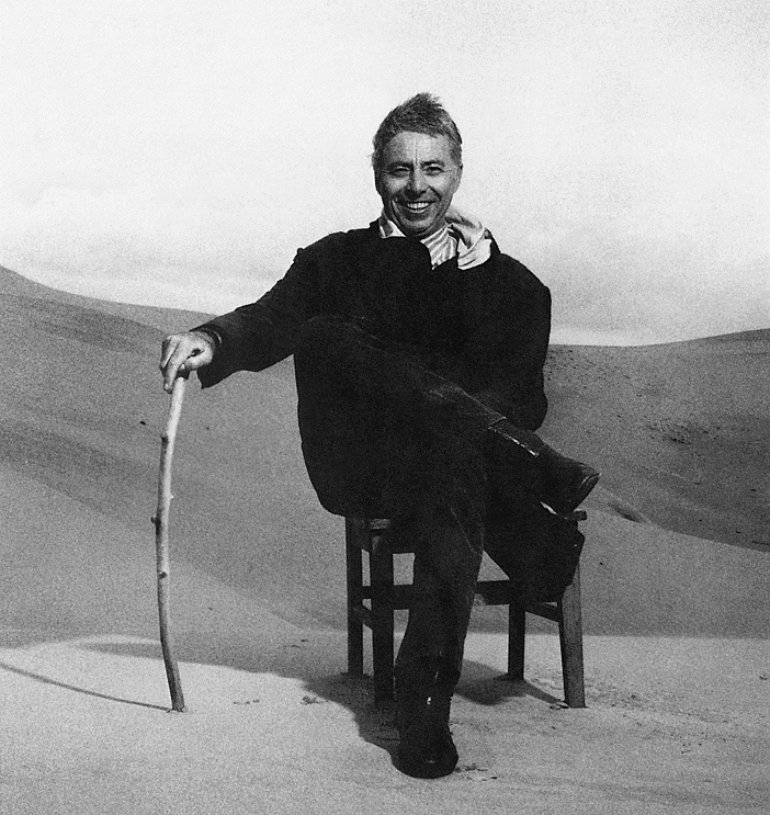
It was jazz that first inspired musicianship in Budd, or, as he put it, it was “…Black culture that freed me from the stigmata of going nowhere in a hopeless culture.” He was drafted into the US army where he drummed in a regimental band alongside the highly influential free jazz saxophonist Albert Ayler. Budd repeatedly credited Ayler with granting him the freedom to abandon time signatures, a freedom which stayed with him throughout his career.
Budd was notoriously resistant to genre classifications, so much so that I feel a bit sheepish using genre tags on this post: “The word ‘ambient’ doesn’t ring a bell with me. It’s meant to mean something, but is, in fact, meaningless. My style is the only thing I can do well,” “When I hear the words New Age, I reach for my gun,” and, at greater length in this excellent 1986 interview:
I’ll tell you very frankly that this whole ‘new age’ business is very distasteful to me. I don’t like being even considered in that category and I have almost no respect for it at all. To me it’s a kind of arrogant philosophical point of view where music has a metaphysical or biological function. I agree that music has a metaphysical function but when that’s your whole point of view, when it isn’t just a thing that happens out of the normal course of events, I think it becomes arrogant and rather precious. It smacks to me very much of science fiction religion and that’s not me. It’s very lightweight and very bothersome to me. ‘New age music’ is a marketing ploy and I don’t think it has anything to do with the actual truth about the meaning of the music. The only thing that rings my bell is serious music and music is that way when it’s impossible to analyse: ‘new age music’ is easily analysed.
But new age or not, Budd’s music has a consistent quality of brushing up against an experience of the divine.

Perhaps part of his resistance to being labeled as “ambient”–a term which, by definition, suggests something incidental and negligible–is that much of his music isn’t actually optimal background music. (I would argue that the category of “music to fall asleep to,” which Budd is frequently cited as–presumably to his chagrin–is also not necessarily background music.) I’ll go ahead and plagiarize my 2014 post about The Moon and the Melodies, which Budd made in collaboration with Cocteau Twins and which began his decades-long collaboration with Robin Guthrie. While not all of these observations apply to Pavilion, there is most certainly a slipperiness and synergy that the two records share, as do many of Budd’s other works:
It’s an uncategorizable work, one which far exceeds the sum of its parts. It’s egoless. It’s a fluid, restless record, moody and aloof–it peaks several times, ecstatically, only to retreat back into itself. Startling synergy between these masterminds means that ambient and new age fans will find a lot to love here–it’s Harold Budd, after all, and there are long stretches of huge, hulking instrumental tracks. But the record is darker than typical new age–it feels like climbing through a cavernous skeleton, and the instrumental tracks (like “Memory Gongs”) are echoing and sometimes sinister. It’s not as effusive as Cocteau Twins, and perhaps not as immediately gratifying–many tracks fade out right when you want more the most. It’s not daytime music, and it’s not background music. Clocking in at just under 40 minutes, it’s a perfect on-repeat record, folding in on itself like water.
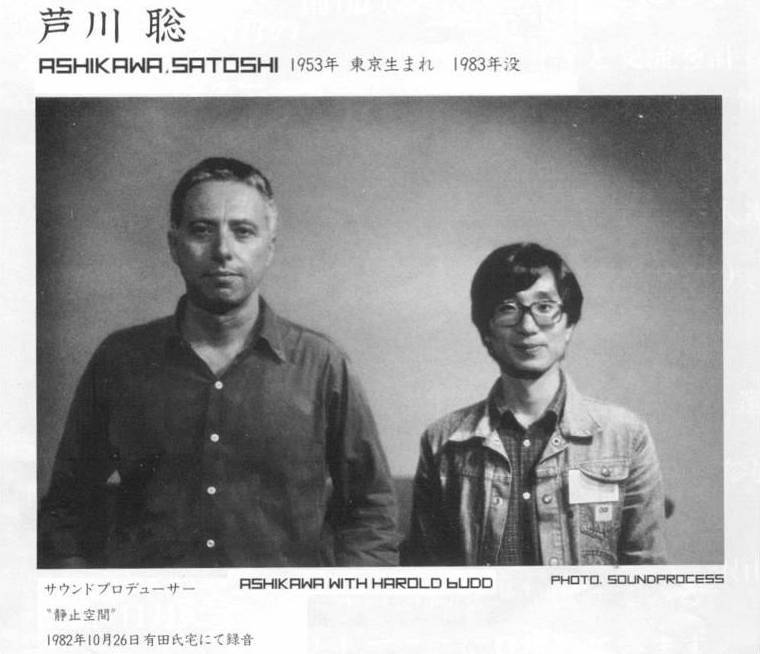
Budd began Pavilion in 1972 after returning from his “retirement from composing” with “Madrigals of the Rose Angel,” of which he said, “The entire aesthetic was an existential prettiness; not the Platonic τόκαλόν, but simply pretty: mindless, shallow, and utterly devastating.” Though the piece’s debut was at a Franciscan church in California conducted by Daniel Lentz (!), it was the piece’s subsequent live botching that led Budd to take up the piano in earnest in his mid-thirties:
Madrigals of the Rose Angel…was sent off for a public performance back East somewhere. I wasn’t there, but I got the tape and I was absolutely appalled at how they missed the whole idea. I told myself, ‘This is never going to happen again. From now on, I take full charge of any piano playing.’ That settled that.
Here’s what I wrote about The Pavilion of Dreams back in 2015:
Twinkling, lazy jazz-scapes for new agers. A dripping, humid, reactionary piece of anti-avant-garde. Budd refers to this as his magna carta. Gavin Bryars on the glockenspiel and celesta, Michael Nyman on the marimba, Brian Eno production.
To this I’d like to add that I can think of few records which can so immediately shift the feeling of the room in which they are played in the way that Pavilion does, literally within seconds. It’s the sonic equivalent of taking a few deep, elongated breaths: the pulse slows, the jaw unclenches. It’s an opiated smoke drift in which, once again, everything Budd touches feels weighted with spiritual potency. The worldless, meandering glissandos sung by Lynda Richardson, though clearly delivered in a Western classical style, start to suggest Eastern devotional drone and chant traditions. The occasional chime from the glockenspiel begins to resemble bells used in meditation. And most thrillingly, at times you can hear the creak of the harp against the floor, the crack of a knee, the scrape of a chair. When music is this willfully shapeless, rolling through space like a liquid, it becomes that much more consequential to be reminded of solid objects, human bodies in a room. Everything becomes sacred. Perhaps this is what Budd was after with his commitment to “existential prettiness” at the deliberate expense of meaning. Perhaps this is why critics and listeners still can’t help but try to pin him down with a label: it’s difficult to hear this much reverence without trying to name it in service of something.
Goodnight Harold, and thank you for everything.